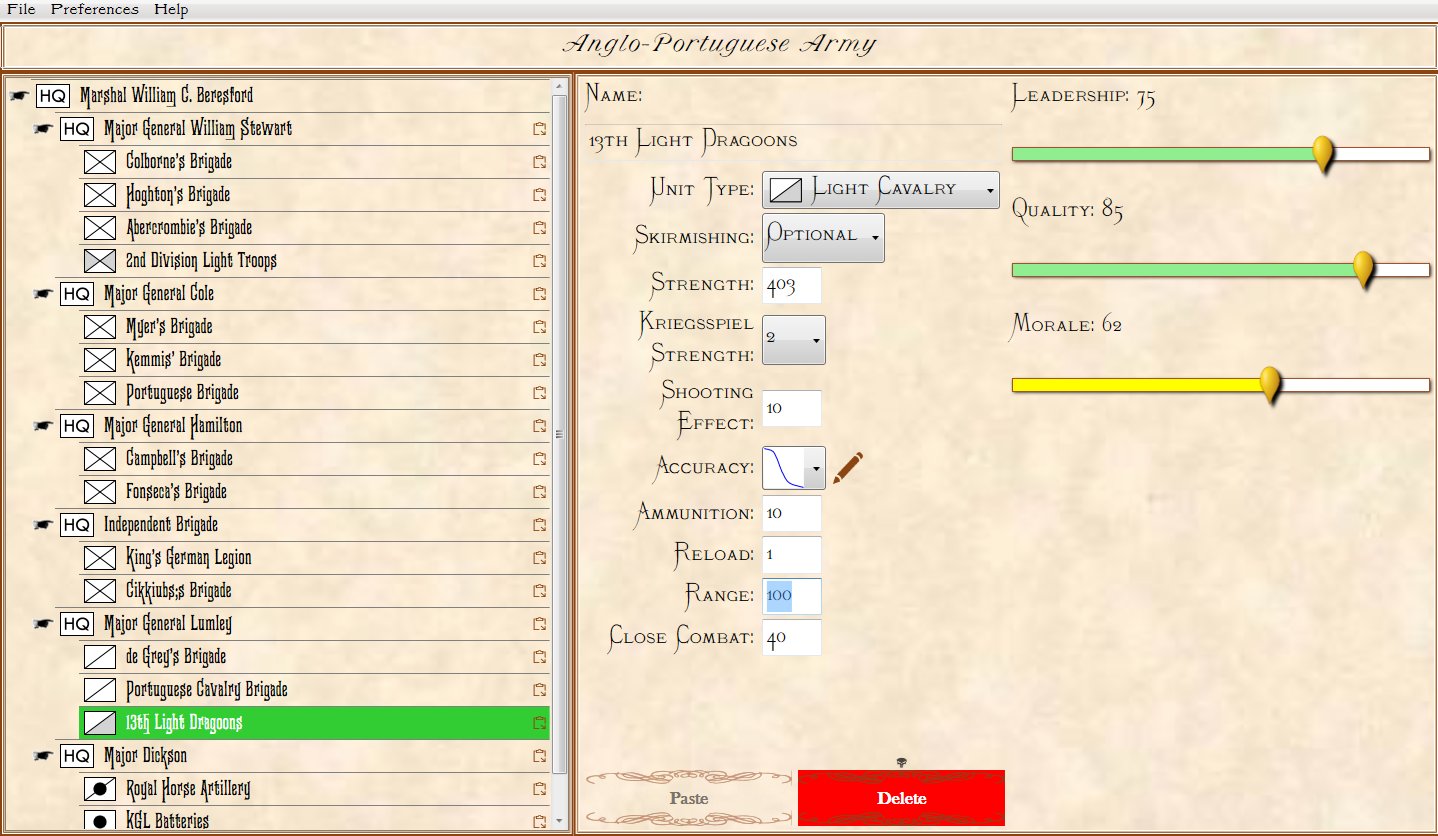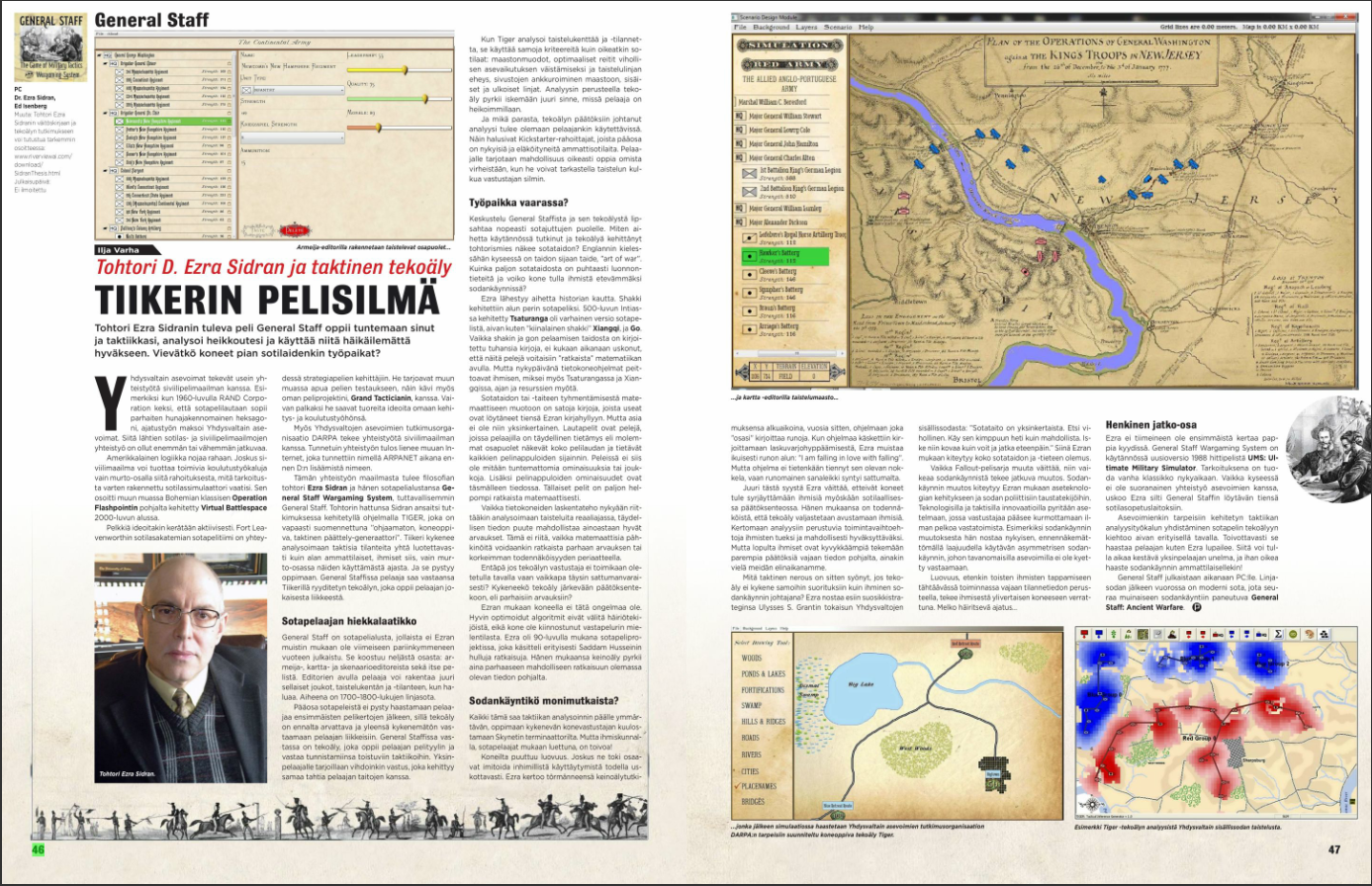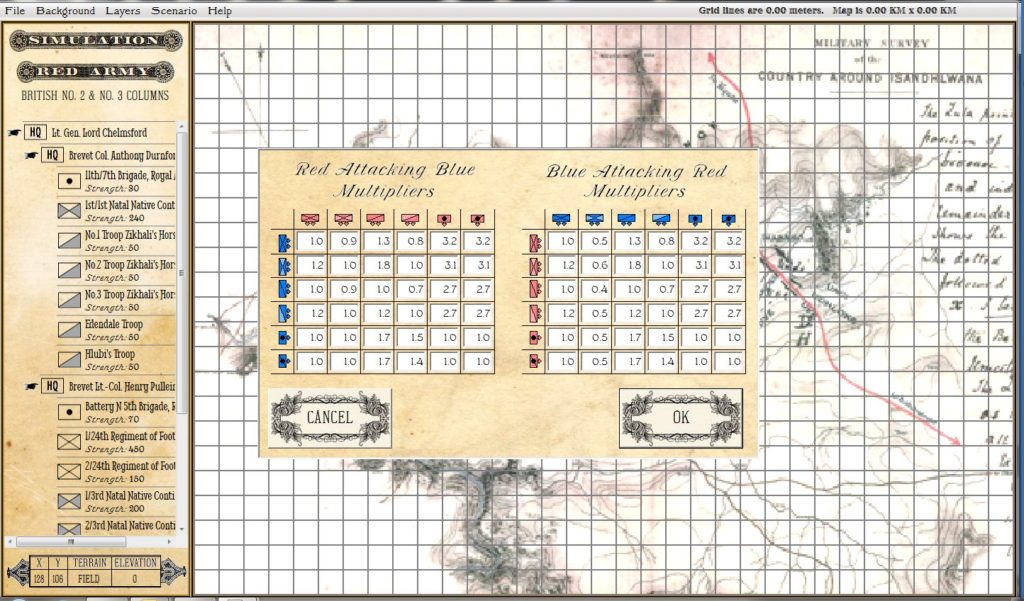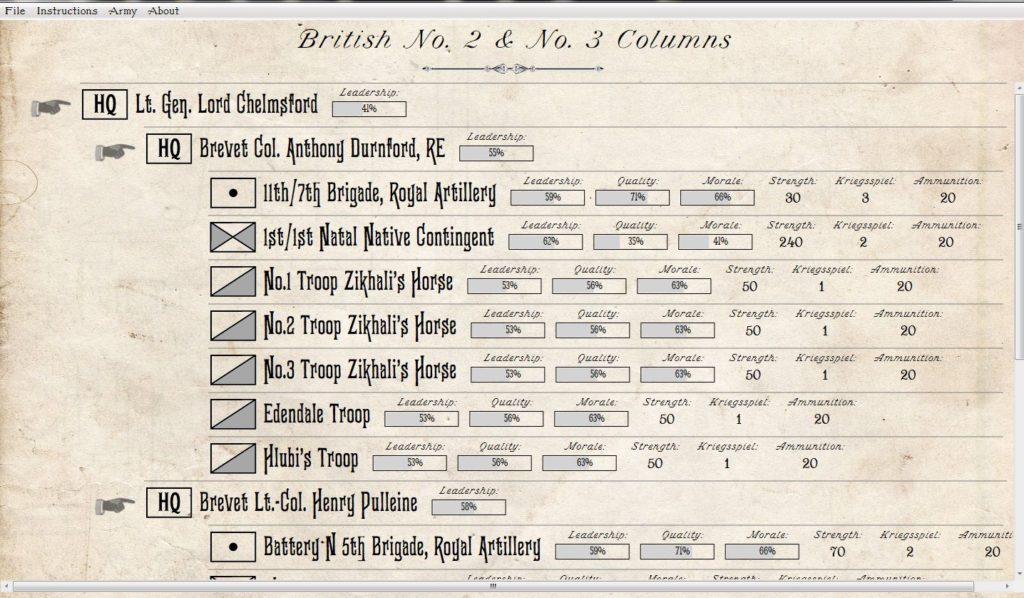I can think of no better introduction for Ty Bomba than his Wikipedia entry: “Ty Bomba is a prolific wargame designer from the United States. He is credited as the designer of over 125 board games or game items. At times between 1976 and 1988, Bomba held a security clearance as a certified Arabic and Russian linguist for the US Air Force, US Army, and the National Security Agency. In 1988, he was elected to the Charles Roberts Awards Hall of Fame. He was previously a senior editor at Strategy & Tactics Press. Bomba was co-founder and designer for XTR Corporation, a company that existed between 1989 and 2001. ” In other words, a very impressive career in wargame design and military strategy and tactical thinking.
Ty recently posted his Primer on Strategy & Tactics on Facebook and I asked his permission to repost it here, which he very kindly gave. I have spent much of my professional career trying to create computer algorithms for military tactics and strategy (a subject that I call ‘computational military reasoning’ and have written extensively about here). Ty has very succinctly stated much of what I’ve attempted to accomplish in his Primer below. Ty can be found on Facebook as ‘Ty Bomba’.
Ty Bomba’s Primer on Strategy and Tactics
Everything in strategy is very simple, but that does not mean everything is very easy” – Carl von Clausewitz.
Strategy Defined
A plan or policy intended to achieve a major or overall aim, and having to be
achieved in the face of opposition from others. All strategy is a contextual
interpretation of a problem and a compromised rationalization of a
solution. There are no formulas to end the tensions inescapably imposed by
uncertain intentions, faulty assumptions, unknown capabilities and vaguely
understood risks.
Laws of Strategy
- Know your own capabilities.
- Know your opponent’s capabilities and objectives.
- Pit your strengths against your opponent’s weaknesses.
- Prevent your opponent from pitting his strengths against your
weaknesses. - Never pit your strengths against your opponent’s strengths.
- Maintain an emergency reserve of five to 25 percent of your strength.
- Keep in mind your desired end-state: only do things that move you closer
to it. - Never repeat an already failed strategy with the expectation of getting a
better result from it. - The overarching objective of your strategy should be to create a state of
surprise in your opponent. That uncertainty will delay, and otherwise make
less efficient, his countermoves. That is a force multiplier for you.
Common Reasons for Strategic Failure
- Overconfidence due to previous successes.
- Analyzing information only after sifting it through the filter of dogma.
- Operating with insufficient reserves.
- Mirror imaging – using one’s own rationales to interpret the actions or
intentions of an opponent – is the most common fault among decision
makers. - Objectives not well explained to those below the highest level of command.
- Objectives not adjusted according to new data coming from the
operational environment. - Unanticipated outside influences.
Tactics Defined
An action intended to achieve a specific end, undertaken while in contact with the
enemy.
Laws of Tactics
- Always seek to control the local high ground or its aerial or outer space
equivalent. - Move in short bounds from cover to cover so as not to be caught in the
open by your opponent. - Maneuver so as to engage your opponent on his flank or from behind and
so as to prevent him from engaging you in that way. - Don’t confuse “concealment” with “cover.” The former only gets you out of
sight; the latter also offers protection from enemy fire.
Juncture of Tactics & Strategy
Your superior strategy can make up for your poor tactics; however, your superior
tactics will not make up for your poor strategy. As Sun Tzu put it: “Good strategy
combined with poor tactics is the slowest route to victory; good tactics combined
with poor strategy is just so much noise before your final defeat.”
Surprise
Surprise is a state of confusion in your opponent, induced by your introducing the
unexpected. At the strategic level, surprise is often viewed as the tool of the
weaker side, as the stronger side has the option of simply applying greater force.
At the tactical level, surprise is considered a force multiplier for the side causing it
by creating a temporary period of confusion and vulnerability in the surprised
force. Having multiple objectives lies at the heart of creating surprise in an
opponent.
The Most Difficult Thing
The most difficult thing in a dynamic situation is to know when to change
strategies. If you do it too soon or too often, you’re not a strategist; you’re an
opportunist. If you do it too late, or refuse to do it no matter what, again you’re
not a strategist; you’re a fanatic. Opportunists and fanatics are both easily
defeated by good strategists.





